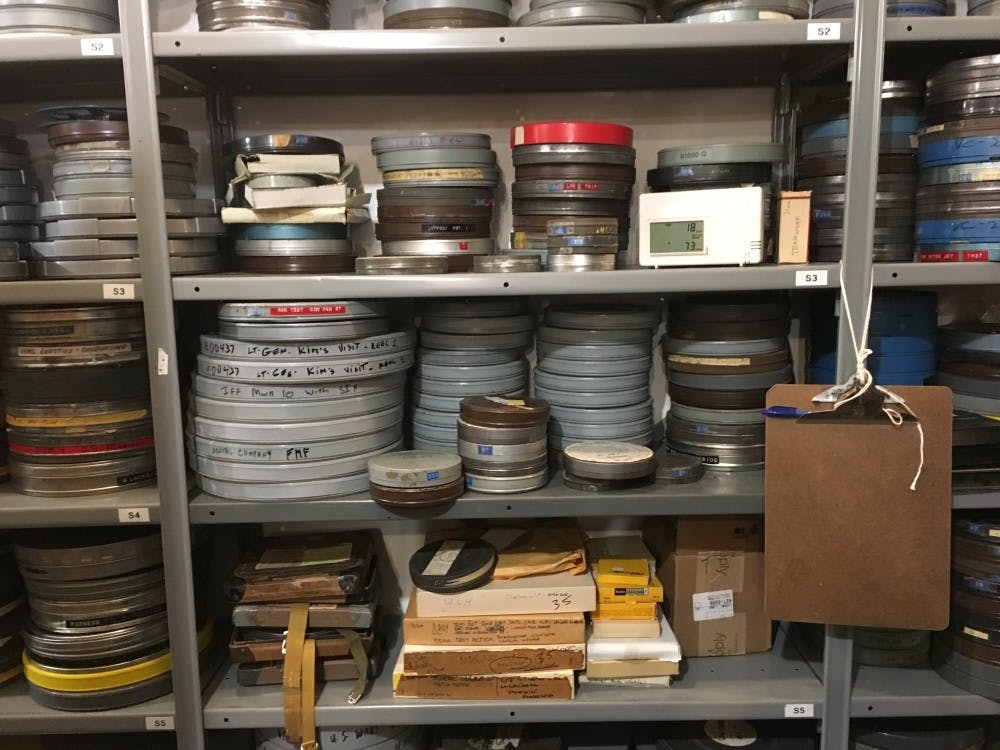When the U.S. Marine Corps needed to relocate over 18,000 reels of historical footage, the National Archives and Records Administration and the Library of Congress were the obvious choices. However, when they were unable to take the collection, the third choice may not have been as obvious — here at USC.
Films in the collection cover a time period dating as far back as World War II, to as recently as Desert Storm. The collection includes everything from training footage, to experimental equipment tests, to the personal footage of general officers. Previously held at the Marine Corps University in Quantico, Virginia, the collection is receiving more than just a new home. Efforts are underway to house, catalog and digitize the entire collection at USC’s Moving Image Research Collections building.
“The university has had a film archive since 1980, back when film archives weren’t cool,” said Dr. Greg Wilsbacher, curator of newsfilms collections at USC.
“We had a reputation as a film archive that worked mostly in the educational and documentary sector, that worked mostly with historical film elements that told news stories,” he said.
Major donations have allowed this project to move forward. To store the collection, a 2,000 square foot, climate-controlled vault needed to be built. Thanks to donations from the community, that vault now exists at the MIRC — but the job isn’t done yet.
The goal of the project is to make the footage digital and to be able to share it with the public for free. In addition to the physical and digital infrastructure and equipment needed, the collection relies on volunteers and employees to sort through the films and digitize them. Once the files are online, the plan is to implement a system where veterans and their family members can identify footage to help put it into historical context.
“This reel I just pulled, and am about to start doing, is part of the invasion of Okinawa; so you find some really interesting things,” said Matt Bruner, a second-year biomedical, biology and Russian student, who is working with the collection.
The project will still take several more years to complete, and the majority of the collection hasn't arrived yet, but the work will preserve a significant portion of U.S. history for generations to come, providing the public with the untold stories of countless Marine Corps veterans.
“I think one of the stories about the U.S. military that we don’t tell a lot publicly — we focus on conflict and combat — is all of the work that happens when that’s not going on,” Wilsbacher said.
“And documenting that is just as important, in some part, if nothing else, to honor the service of veterans who served in times when they weren’t called to conflict,” he said.

